Barbet
The Barbet is a relatively rare, rustic, and medium-sized dog, known for its dense, curly coat and the ability to retrieve from water and hunt on land. The Barbet is a versatile gun dog who is believed to originate from France, in the 16th century, to hunt water game. The dog was an all-around working dog. After World War II, the Barbet breed almost became extinct, but few devoted breeders helped save the breed.
FUN FACT: The word “Barbet” is pronounced as “Bar-Bay” and it comes from the French word “Barbe” which means beard, due to the dog's bearded face.

Height:
22,5–25 in (57–63 cm)

Weight:
35–65 lb (16–29 kg)

Origin:
France

Life Expectancy:
12–14 years
Dog Breed Characteristics
Male Barbet stands between 22,5–25 in (57–63 cm) at the shoulder, and females are slightly smaller. Both sexes weigh between 35–65 lb (16–29 kg).
Coat
The Barbet has a beautiful, curly coat that comes in black, grey, chestnut, brown, fawn, white, or pied color. White markings are accepted on the chest, legs, and feet. The Barbet’s coat is thick and wooly. The coat is waterproof, so the Barbet is an ideal dog to work in any condition.
Even after spending a lot of time in the water, the fur just above the dog’s skin should still be dry. Except for a waterproof coat, the Barbet also has webbed feet, making them perfect water dogs.
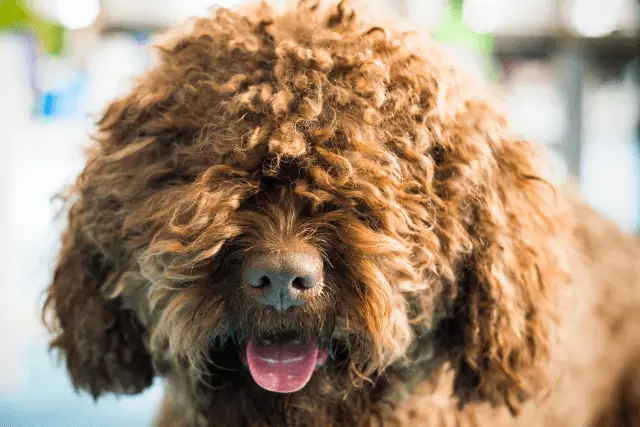
Barbet grooming
The great thing about these dogs is that they don’t shed a lot, so they are a good choice for people with allergies. They are not hypoallergenic, but they are still a better choice for sensitive people than most other breeds. The Barbet’s coat grows constantly, so trimming it up to 5 inches every few weeks is important.
Daily brushing is required to keep the coat clean, healthy, and mat-free. As with all the breeds, trim your Barbet’s nails regularly, brush his teeth a few times a week, check his ears, and remove all debris and built-up wax.
FUN FACT: A beautiful and wooly Barbet coat is a magnet for dirt, twigs, and leaves, and a lot of daily effort is required to keep the coat beautiful and clean.
Training
The Barbet is a strong, sturdy dog with muscular limbs. The dog is athletic and enjoys playing games like Frisbee, fly ball, ball catching, etc. Still, activities that include water are Barbet’s favorite ones. The Barbet is a highly energetic sporting dog that requires daily exercise.
They are not recommended for apartment living as they are generally too energetic for a small space. Their ideal living situation is a house with a large, fenced backyard. If Barbet’s exercise needs are not fulfilled, this dog can become a real nuisance. He will probably start chewing on furniture and clothes, barking, etc.
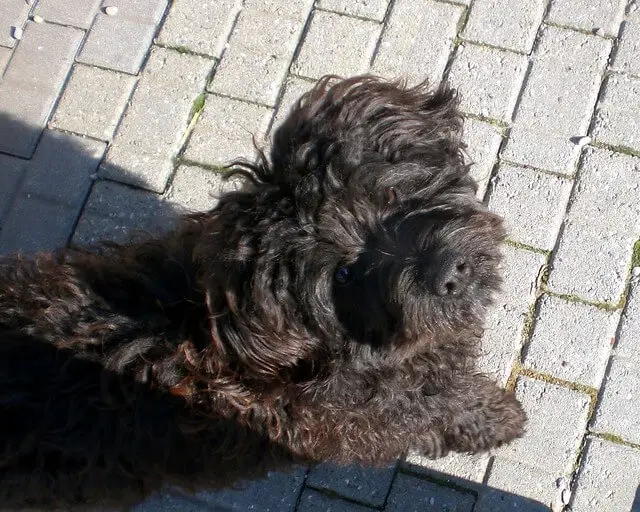
Personality
Barbets are friendly, sociable, calm, and lovable dogs and make perfect family dogs. They go along great with children of all ages. They have no problem living with other pets. These dogs love to be around people and desire to be a part of family fun. If left alone for too long, this dog may develop separation anxiety.
Temperament
As for any other breed, this dog should also be adequately socialized. Socialization and training should start at an early age. Barbets are highly trainable because of their willingness to please their human. Unlike other dogs, Barbets don’t tend to be dominant or stubborn so training them is simple. Barbets are very intelligent, and it is easy for them to learn new tricks and commands.
Health problems
The Barbet has a life expectancy of 12-14 years. Because these dogs are very rare, very little is known about the diseases they are prone to. However, some conditions do occur more often in these dogs.
These conditions are
- hip and elbow dysplasia,
- entropion (a condition where there is rolling in of the upper or lower eyelid),
- epilepsy,
- ear infections.
Ear infections are the most common problem with these dogs, which is not surprising, considering their natural tendency to spend as much time as possible in the water and their thick, floppy ears. This combination makes the ears warm, moist, and perfect for bacteria and yeast growth.
Barbet breeders
The Barbet is an endangered breed, and there are few Barbet dog breeders. Considering their rarity, these dogs are difficult to find and are pretty pricy - a well-bred Barbet puppy costs over $2,500.
FUN FACT: A Barbet dog named Moustache had an important role in both Napoleonic and the french revolutionary wars. It is said that Moustache barked loudly and woke up a group of soldiers, warning them that an attack was coming. The dog became the regiment’s mascot.
Fun facts about Barbet
Before we list our favorite Barbet fun facts, we have to quickly describe this wonderful breed. The Barbet is an old French dog breed that shares many characteristics with the Poodle. They were a working breed whose task was hunting. These dogs are medium-sized and have curly coats. Let’s dive into the fun facts about the Barbet breed.
1. Bearded breed
The first thing we will mention is the origin of the breed’s name. The name “Barbet” is pronounced “bar-bey,” which comes from the French word “Barbe.” Barbe means beard, and the breed’s creators named them because of a unique feature on the dog’s face. These dogs have long hairs below their muzzle, which gives the impression of them having a beard.
These dogs have curly coats, which is not common among dogs. They are not the only bearded breed; in fact, Schnauzers, Black Russian Terriers, and Bearded Collies have “beards,” but there is something special about this adorable bearded Barbet.
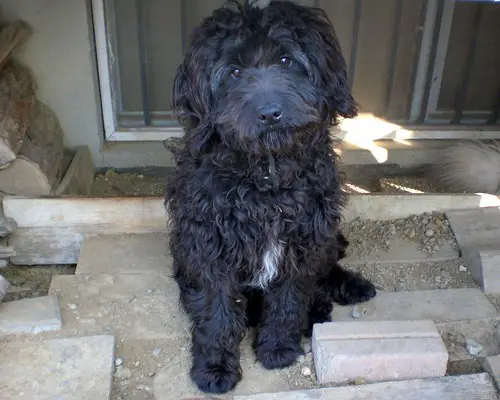
2. Skilled hunters
We already mentioned the Barbet is primarily a family companion these days. However, in their early days, their main task was hunting. More precisely, they helped hunters catch waterfowl. These dogs have great endurance, stamina, and delicate nose that helps them hunt. These days, they are mostly on the hunt for treats and cuddling.
Having a gun dog as a family pet means owners have to be aware their dogs are energetic. That means they have to provide their dogs with plenty of daily activities that will help them spend their energy. If the dog has too much pent-up energy, it can develop behavioral issues.
3. Nearly extinct
Wars are devastating for everyone, but history rarely mentions what wars do to animals. World War II severely hurt many dog breeds, nearly ending the Barbet breed. These dogs served in the French army, and many of them died on the battlefield. The number of these dogs dropped, and they reached the edge of extinction.
Luckily, French breeders and Barbet lovers were adamant about saving the breed. After World War II, they rounded up the remaining pureblooded dogs and created a detailed breeding plan. They invested time and resources to preserve the breed. Thanks to those dedicated people, we now have the privilege of sharing our lives with these amazing dogs.
4. Hypoallergenic
The Barbet breed is considered hypoallergenic! Mind you, there are no truly hypoallergenic dogs (or cats for that matter), but people with mild dog allergies can enjoy these dogs’ company. The Barbet has a curled coat, which means their loose hair remains tightly curled in their coats until it’s brushed out.
This is fantastic news for all of us that love dogs but have mild allergies, but it also means grooming is essential. These dogs will require regular brushing and baths. Their owners can do it on their own or decide to leave it to the professionals. However, that means the average cost of owning a Barbet is higher.
5. Cool nickname
The Barbet has a cool nickname - The Mud Dog. Their prey was waterfowl, which meant these dogs had to go through the mud to get to these birds. Mud dogs were mostly hunting in marshes and wetlands, which meant they would get dirty pretty fast. Luckily, their tightly curled coats and webbed feet helped them deal with the rough terrain.
Even today, the Barbet loves playing in and around the water. They are staying true to their nickname, and if you’re thinking of becoming a Barbet owner, you should prepare to have a dog that loves getting dirty. They won’t hold back while playing and will be more than happy to spend time in muddy woods or dog parks.
6. Pretty old
The exact origin of the Barbet breed is not entirely uncovered. Some of the earliest written evidence of these dogs date back to the 16th century. They were mentioned in books, where they were described as fantastic hunting dogs. However, most canine historians believe these dogs are a lot older than 500 years. Unfortunately, there is no physical evidence that would corroborate that.
Another interesting thing is that these dogs are confused for ungroomed Poodles. Both breeds have curly coats, and if the Poodle were left ungroomed, it would be very similar to the Barbet. The main difference is the beard Barbets have.
Barbet F&Q
The Barbet breed is considered pretty old. Their exact origins are not completely uncovered. There is evidence that places these dogs in the 16th century. However, canine historians believe the breed is much older than that.
Yes! Barbets are fantastic family pets. However, they are pretty energetic, so their owners should know how to exhaust them.
These dogs are considered hypoallergenic. They have a tightly curled coat, which means loose hair remains curled until it’s brushed out.
They can be. These dogs have a hunting history, so they might see cats as prey. However, if they’re properly socialized and introduced to cats, they can become best friends.
Unfortunately, Barbets are considered rare. The largest number of these dogs are in their native France, and dog owners worldwide rather pick other breeds with similar characteristics.
World Dog Finder team

Updated at07.09.2023.
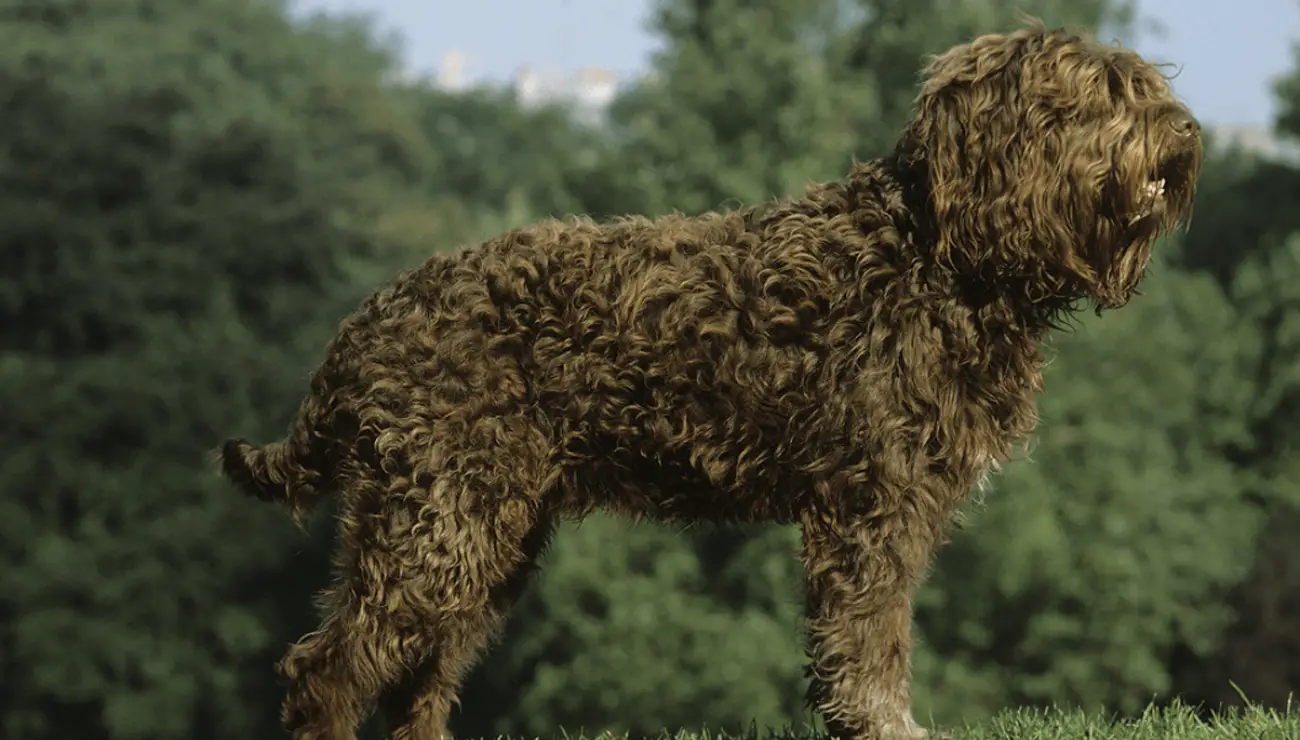
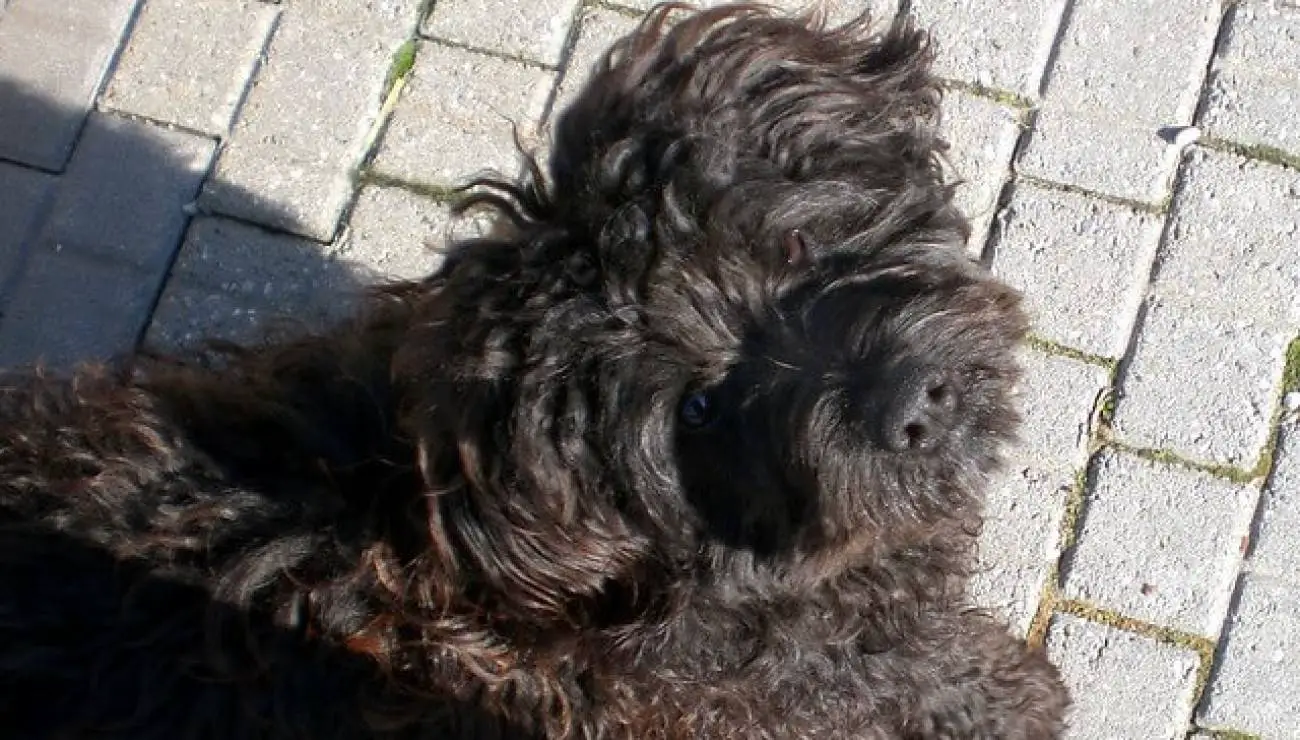
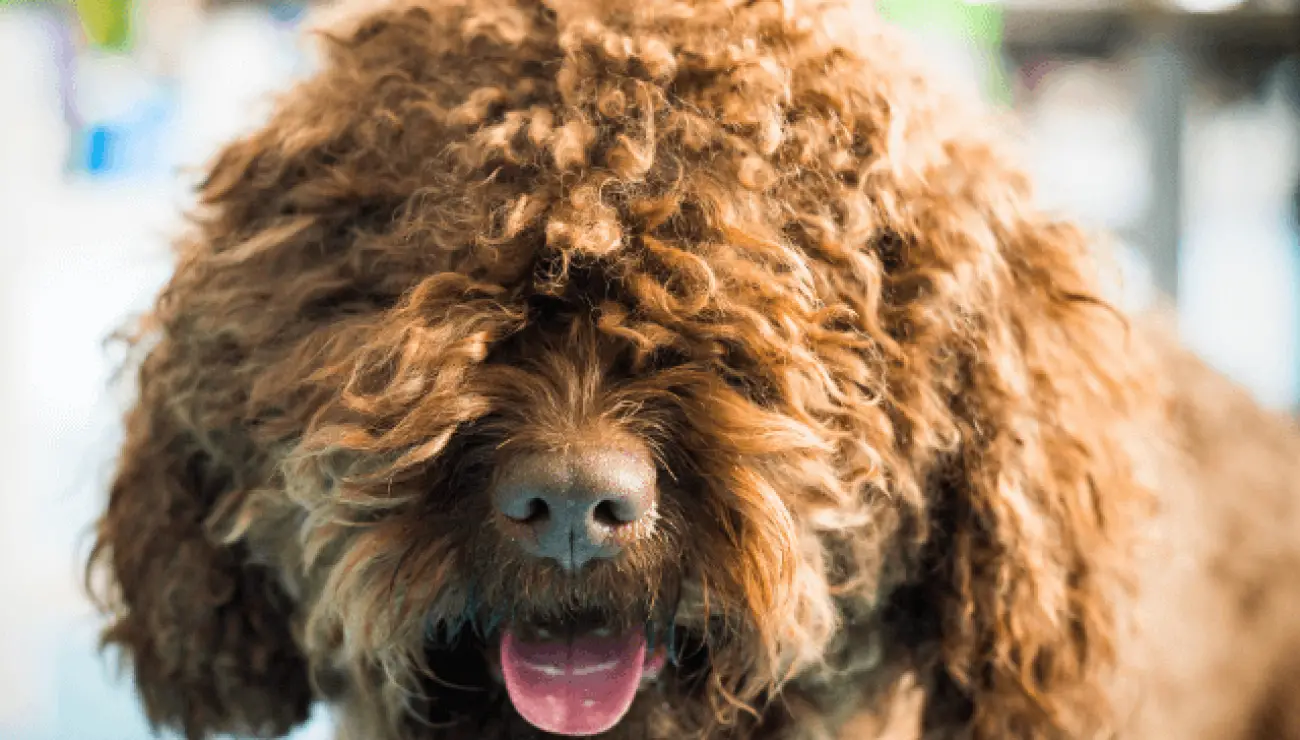
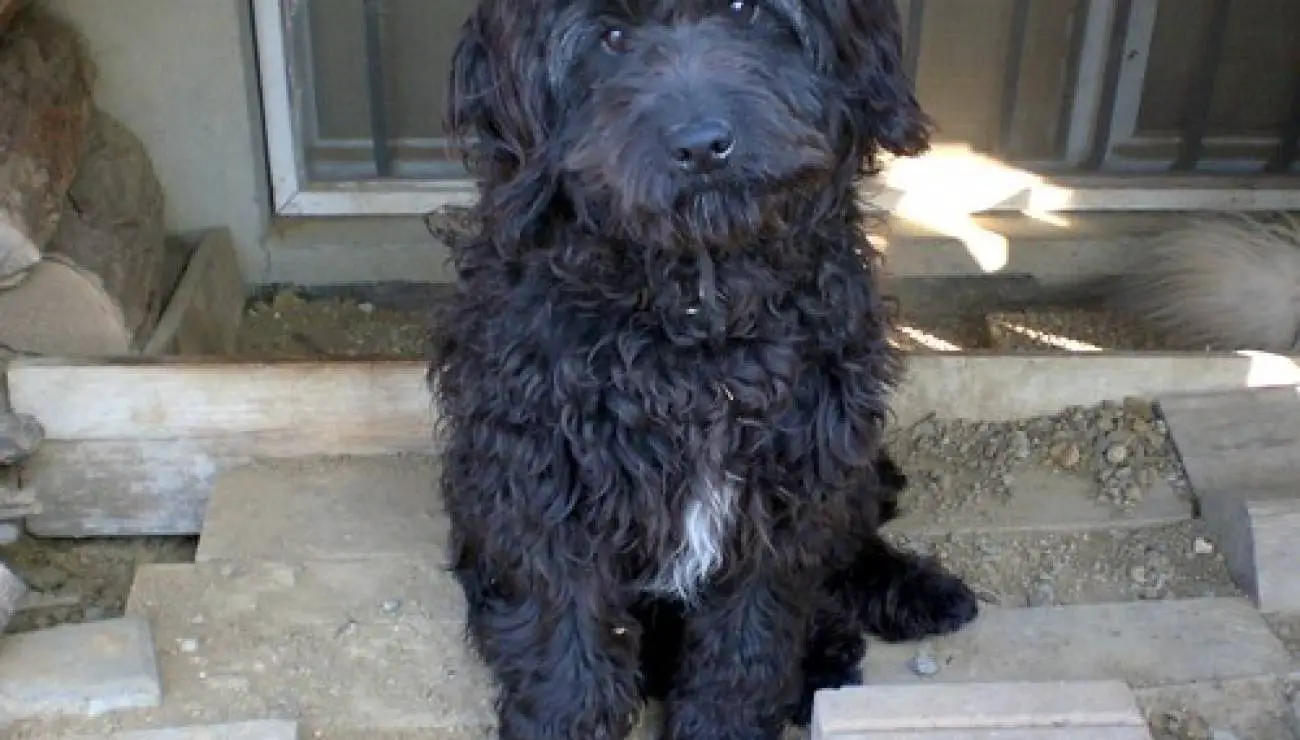
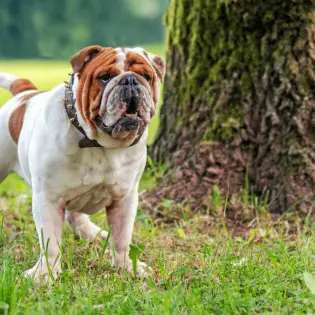
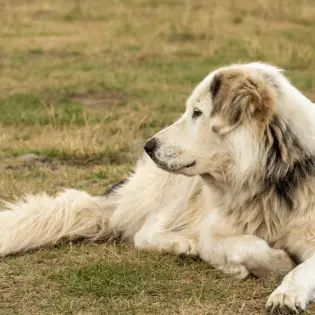
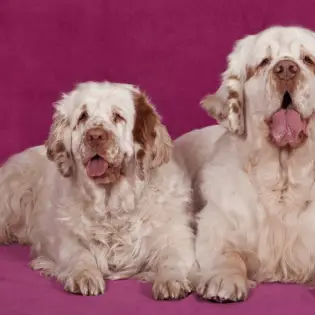
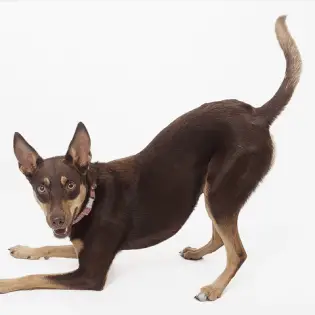
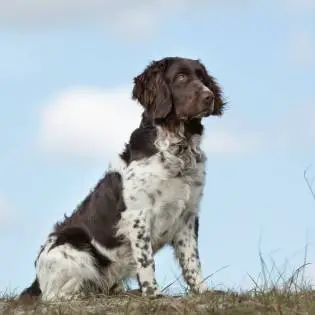

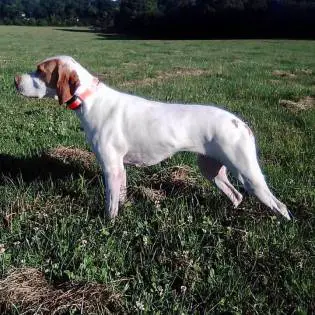
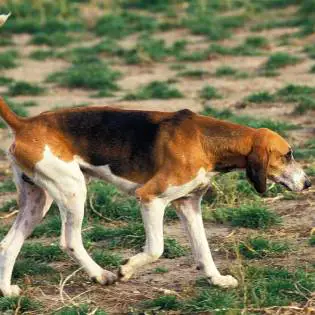
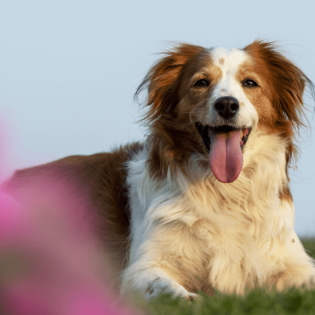


Share